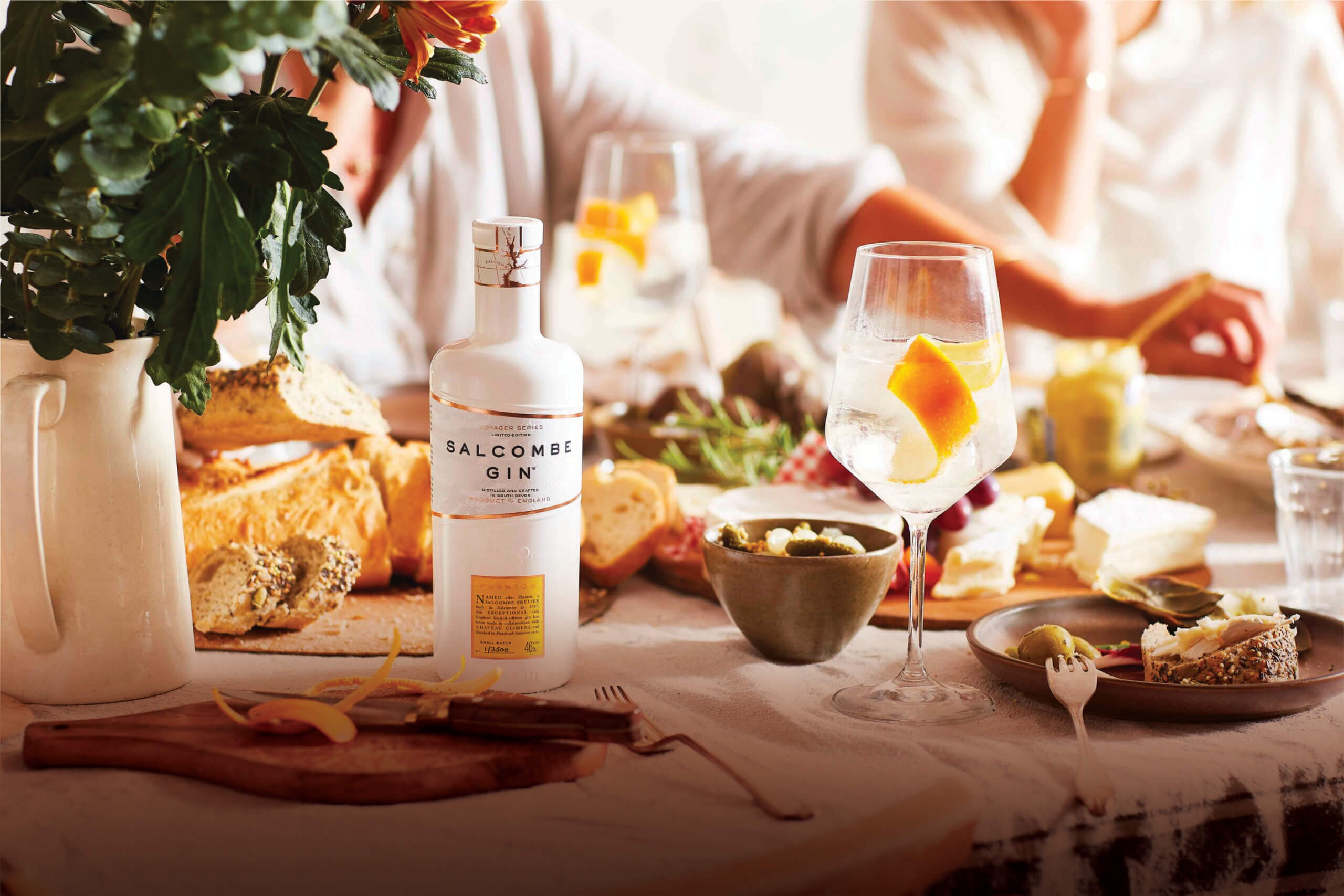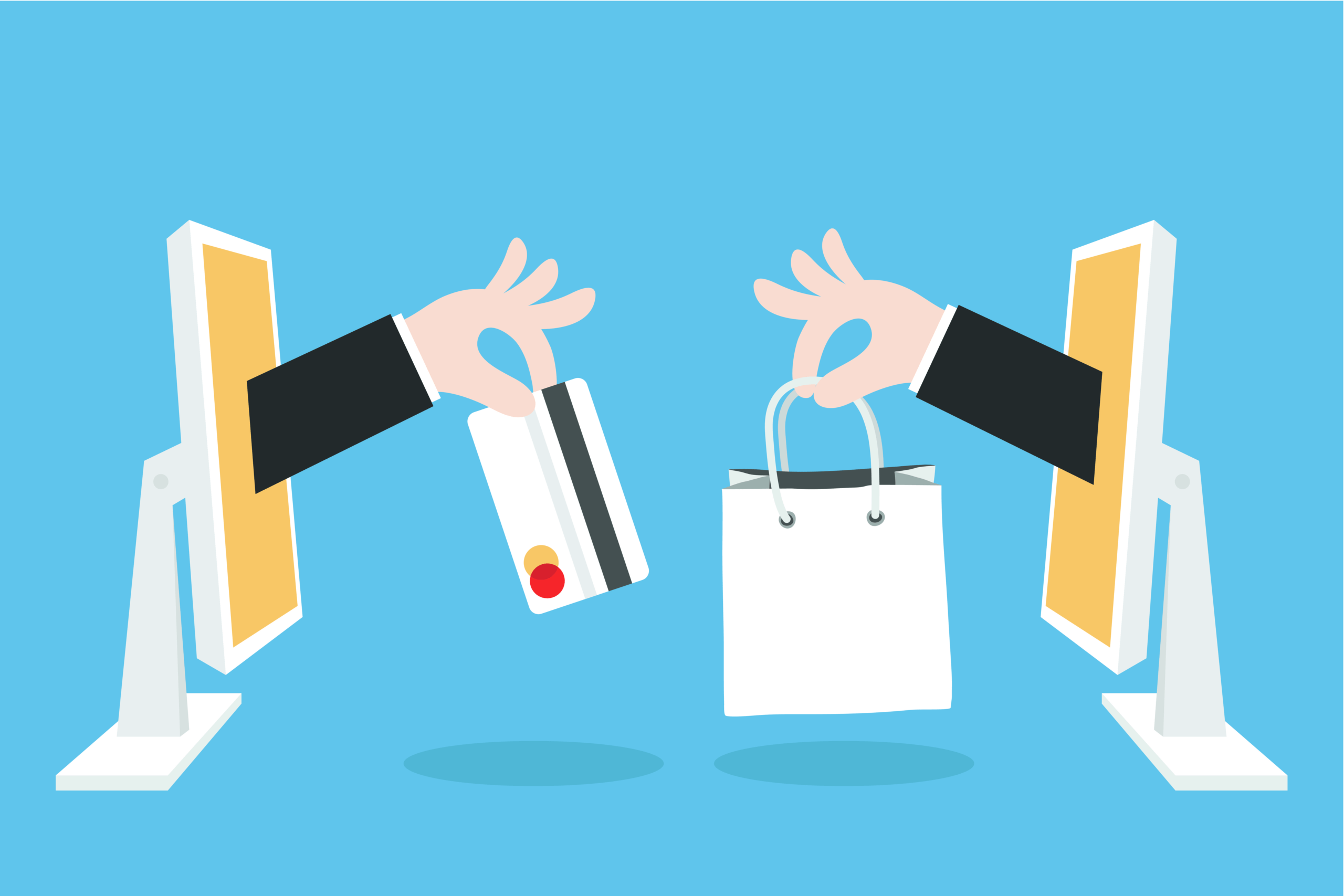Chronicle of a Death Foretold
Drizly is to be eliminated 3 years after being acquired by Uber for $1.1bn. But was it really a surprise?
E-commerce alcohol sales boomed during the pandemic, and the channel’s value share of ‘total beverage alcohol’ has risen from 2.1% in 2018 to 3.7% in 2021. Drizly, North America’s leading on-demand alcohol marketplace, was one of the big winners with sales increasing threefold in 2020 alone[1].
Uber firstly announced Drizly’s purchase in early 2021. Uber’s ridesharing revenue had been dramatically impacted by restrictions imposed by the pandemic, and the company paid $1.1 billion to fully acquire the successful drinks platform…
…only to announce that it will eliminate Drizly in March 2024.
Why?
Was the issue…
1. The diminishing appeal of alcohol e-commerce?
2. The poor strategic fit between Drizly and Uber?
3. The evolving strategy of Uber Eats?
All (or none) of the above?
And, very importantly, what is the impact of this move on alcohol brands?
"According to recent research, over 50% of online alcohol buyers expect delivery to happen within the next two hours of ordering, maximum on the same day”
- 1. WAS THE ISSUE… THE DIMINISHING APPEAL OF ALCOHOL E-COMMERCE?
From a global perspective, the alcohol e-commerce channel is likely to continue growing – albeit at lower rates – and is expected to stabilise at around 4% to 4.5% value of total beverage alcohol by 2027, equivalent to a massive US$40 billion in sales[2].
China and the US will drive much of the channel’s growth, in both cases powered by the Spirits category. In South America, investments in ‘on-demand’ (quick delivery) infrastructure – in many markets promoted by breweries such as AB Inbev – are increasing the Beer category share out of total sales. Brazil is expected to overtake Japan to become the fourth-largest e-commerce value market[3].
Therefore, e-commerce remains a key channel, and ‘on-demand’ seems to have an increasingly important role to play. According to recent research, over 50% of online alcohol buyers expect delivery to happen within the next two hours of ordering, maximum on the same day[4].
In brief, alcohol e-commerce remains appealing and is evolving. However, competitive pressure is growing and therefore establishing strong ‘top-of-mind platforms’ becomes crucial. Focus is more valuable than distraction.

- 2. WAS THE ISSUE… THE POOR STRATEGIC FIT BETWEEN DRIZLY AND UBER?
Drizly was founded in 2012 to become North America’s leading on-demand alcohol marketplace. Some of the key reasons behind its success were an infrastructure that seamlessly addressed age verification, and a system designed to effectively deal with the highly complex US three-tier regulation[5].
When Drizly was acquired in 2021, Uber claimed it would “expand its geographic presence into Uber’s global footprint in the years ahead”. However, this did not happen: Drizly remained North America focused. From a consumer interface perspective, Drizly continued operating as a standalone platform, and in parallel it was also featured within the Uber Eats app.
Meanwhile, post-acquisition, the team from Drizly had a challenging time. It had to deal with security breaches which compromised the data of 2.5 million consumers, and struggled to keep post-pandemic growth momentum, having to rely on heavy promotions and discounts to get people back into the app. Over time, many Drizly executives were transferred to the larger Uber teams and over 100 employees were made redundant last year.
Perhaps the real intent of Uber was revealed in an early statement, where it was claimed that Drizly “will be eventually integrated”. Has Drizly’s disappearance always been on the cards?
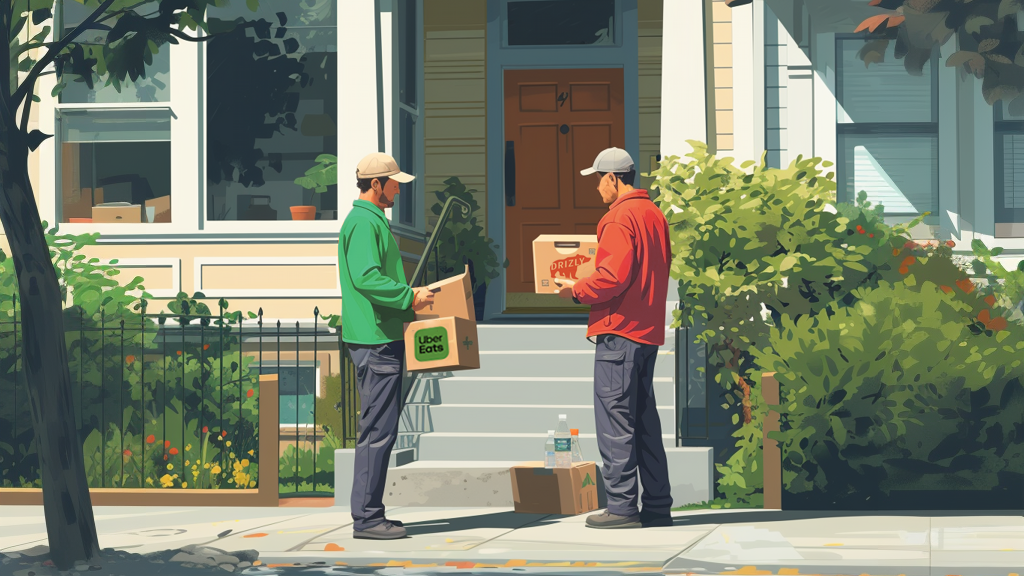
- 3. WAS THE ISSUE… THE EVOLVING UBER EATS STRATEGY?
Uber Eats has gone from restaurant food delivery to much more. Its ambition is to become the one-stop-shop, the one single app for ‘almost anything’: food, groceries, prescriptions, alcohol, and so on.
Rather than keeping multiple businesses, Uber’s approach is to purchase, incorporate and finally ‘annihilate’ them. This was the case with other platforms acquired by Uber such as Cornershop (Latin American delivery start-up) and Postmates (US independent food delivery service).
Alcohol is an important part of their strategy. Whereas perishable food is renowned for tight margins and requires immediate delivery, alcohol allows for boosting basket size as well as grouping larger orders for drop off over a few hours. DoorDash, one of Uber Eats key competitors in the US, estimated that “adding alcohol may increase restaurant and grocers’ average customer order values by up to 30% and convenience stores by over 50%”[6]. Recent partnerships with specialists such as Majestic in the UK evidences Uber Eats interest in the delivery of alcohol beverages, and the company reports alcohol sales on Uber Eats more than doubled in the last year[7].
Uber believes it can more quickly grow the basket size of Uber Eats by offering alcohol in just one place, rather than through both Uber Eats and Drizly apps. Moreover, Uber Eats has a much larger number of users than Drizly (most of whom have accounts on both platforms), and consumer migration towards Uber Eats is expected to be done pretty much automatically.
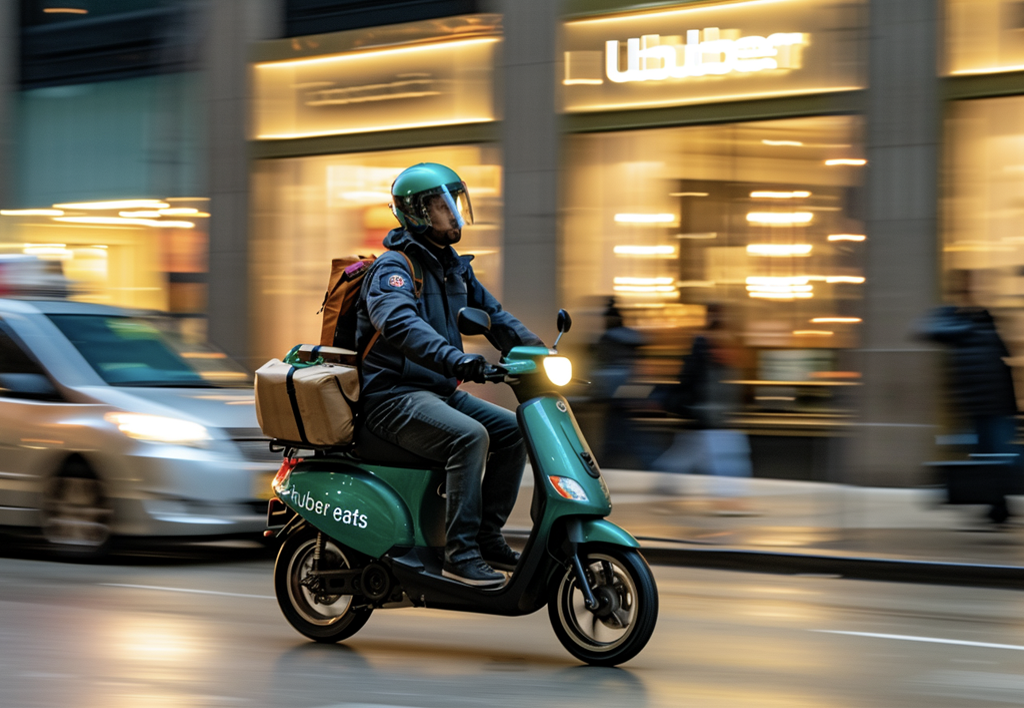
In Summary
The disappearance of Drizly doesn’t come as a surprise. It reflects a combination of environment changes and increased competitive pressure, difficulties encountered by Drizly, and the ‘centralising’ strategy pursued by Uber Eats.
Although Drizly was likely at its peak valuation when it was acquired, it fulfilled its mission to grant Uber Eats access to its US retail network access, capabilities and critical mass in alcohol beverages e-commerce – important for the improvement of basket size and profitability. Investors may also appreciate Uber’s focus behind a single brand.
WHAT ARE THE CONSIDERATIONS AND OPPORTUNITIES FOR DRINKS BUSINESSES?
- Will consumers smoothly transfer from Drizly to Uber Eats? Or will they prefer more lifestyle led, gifting, specialised drinks platforms (such as ReserveBar, Minibar or Whisky Exchange), which may have attracted them to Drizly in the first place? What can brands do to support, thrive and stand out in those specialised online retailers?
- Does the disappearance of Drizly enhance the appeal of DTC for premium alcohol brands?
- As Uber Eats becomes ‘for almost anything’, how do we expect retailers such as Amazon to react?
- Under the Uber Eats’ strategy, will the combined sales of Food with Alcoholic Drinks become even more relevant? Does that offer more opportunities for alcohol drinks to partner with restaurant chains and/or food brands? Does that bring new opportunities for partnerships with Uber Eats?
- Will consolidation under less platforms reduce the power of merchants – and brands? How can they prepare, or potentially capitalise on the changes?
Sylvia Lago, Head of Strategy at Drink Works.
Please get in touch to discuss further: sylvia@drinkworks.co.uk
[1] IWSR Drinks Analysis, December 2023; www.forbes.com, January 2024
[2] IWSR Drinks Analysis, December 2023
[3] IWSR Drinks Analysis, December 2023
[4] Uber Direct Report: The New Brand Builder, July 2023
[5] www.forbes.com, February 2021
[6] about.doordash.com, March 2022
[7] www.thespiritsbusiness.com, January 2024
High Spirits: What can Wine learn from Whisky, Gin, Tequila and Aperitifs?
Wine has displayed undoubtful dynamism over the last few years. The growth of alternative formats such as bag-in-box and cans is an evidence of that. In Rosé, Whispering Angel and Miraval have become contemporary lifestyle brands and LVMH’s Château Galoupet has broken old paradigms, selling premium rosé wine in plastic packaging and brown recycled glass bottles.
However, the relationship between wine and Millennials / Gen Z has been a challenge for many years. The profile of wine drinkers has been ageing and, over the last decade, wine has lost market share to craft beers, hard seltzer and spirits.
Why? Well, younger LDA (Legal Drinking Age) consumers are more health-conscious and likely to choose lower ABV drinks, abstain from alcohol entirely, or drink across a wider range of categories than their parents. The perceived ‘non-diverse’ image of the wine industry also affected its appeal. Moreover, competition from cocktails on on-trade wine lists has intensified, reflecting new post-pandemic consumer interests. This is true across a number of markets in North America, Europe and Asia.
One of the advantages of our specialism here at Drink Works is the opportunity to look at different drinks categories, and understand what learnings are transferrable across them.
And one thing is unquestionable: the spirits industry has been extremely dynamic and offers plenty of valuable insights. Some of the innovations in Whisky or the recently transformed perception of Tequila would be inconceivable a decade ago.
What can wine borrow from spirits to enhance its appeal to adults under-40 (without alienating older drinkers)? Based on consumer insights and knowledge of both wine and spirits categories, we have put together some thought-starters for wine brands to consider:
Treat sustainability as a top priority, looking beyond the vineyard ecosystem. Expand the environmental benefits into the wider world: in spirits, Salcombe Gin is supporting meaningful initiatives that rewild the oceans and sequester carbon. Partner with alternative closed loop systems and embrace transparency and traceability. Consider solutions that reduce the environmental impact of transportation, exploring innovative product formulations such as concentrates. Make the act of refilling ritualistic and desirable. And once again, and very important: communicate what you are doing and why you are doing it!
Explore functionality. Wine (red in particular) has a ‘halo effect’ and has been traditionally praised for its antioxidant properties. The wine industry has been actively ‘taking away the negatives’: sulphites, alcohol, calories… How about exploring the addition of aromatic extracts with positive associations and/or functional properties instead? (Duly taking into account the regulatory constraints, of course). Look at the spirits business for inspiration and consider Botanicals or other ‘good food – good mood’ ingredients.
Define new ‘visual’ consumption rituals. Aperol’s distinctive bright orange ‘summer in the glass’ is one of the main reasons for its global success. Rosé has also benefitted from its photogenic appeal. Consider the power of Instagram and social media. Value the colour of your wine, consider specific glassware and develop new serving rituals. Could the addition of frozen grapes create a unique presentation for rosé or white wines, whilst chilling (and not diluting!) the drink?
Celebrate provenance. Remind consumers of where your brand comes from and transport them there, across multiple touchpoints. As Malfy Gin has taken ownership of the Amalfi coast, develop an identity, a colour, a ‘feeling’ to your wine brand that is ownable and all yours.
Or challenge provenance. Consumers are embracing new exotic origins, and whiskies now come from locations such as China or Mexico. New unexpected wine regions can bring unique product attributes that consumers will learn to love.
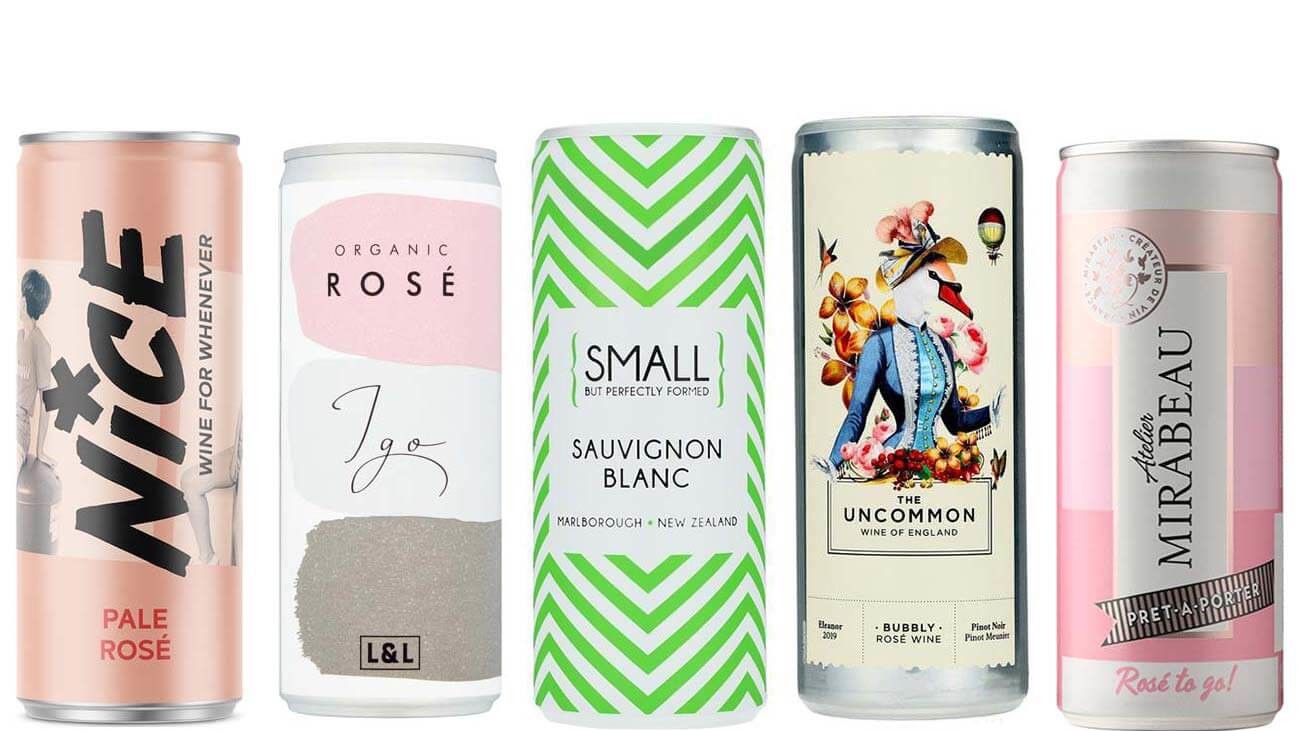
Add convenience to social occasions. The success of RTDs and wine in cans evidence the consumer interest in the convenience of single serves and ‘on-the-go’ drinks. Take convenience to the next level, into the social environment. Introduce mixed party packs for higher-margin brands, creating packaging that makes it easier to chill and serve wine. Collaborate with premium snacks to reinforce innovation and convenience, taking over consumption moments traditionally dominated by spirits.
Embrace lifestyle and culture. Spirits brands are renowned for their deep pockets, and therefore the ability to fund high-profile sponsorships, events and cultural activities. Wine brands can work with tighter budgets by ‘splitting the bill’ and partnering with relevant brands outside of the category, to bring exciting collaborations or develop interesting serving accessories.
If you can’t beat them… Consider extending into adjacent spirits categories that maximise your brand potential and cater to the palate of your consumer base. Gin has been the default extension for rosé wine, hard seltzer has been targeted by lower-priced wine brands… Explore opportunities to use winemaking leftovers to produce gin, grappa, aguardiente: besides adding novelty, this will reinforce your sustainability credentials.
“The profile of wine drinkers has been ageing and, over the last decade, wine has lost market share to craft beers, hard seltzer and spirits”
Tighter margins should not prevent wine brands from learning from spirits and innovating. Well, thought-through strategy and effective execution can help overcome budget constraints (and potential internal resistance in more traditional organisations), and lead to successful commercial results.
All of that said, a small percentage of wine brands should remain ‘precious’ about their brand, and be cautious about more radical moves. But the vast majority can (and should!) innovate – and look for cost-effective strategies that will increase their appeal towards younger LDA consumer groups, paving the way for further long-term growth.
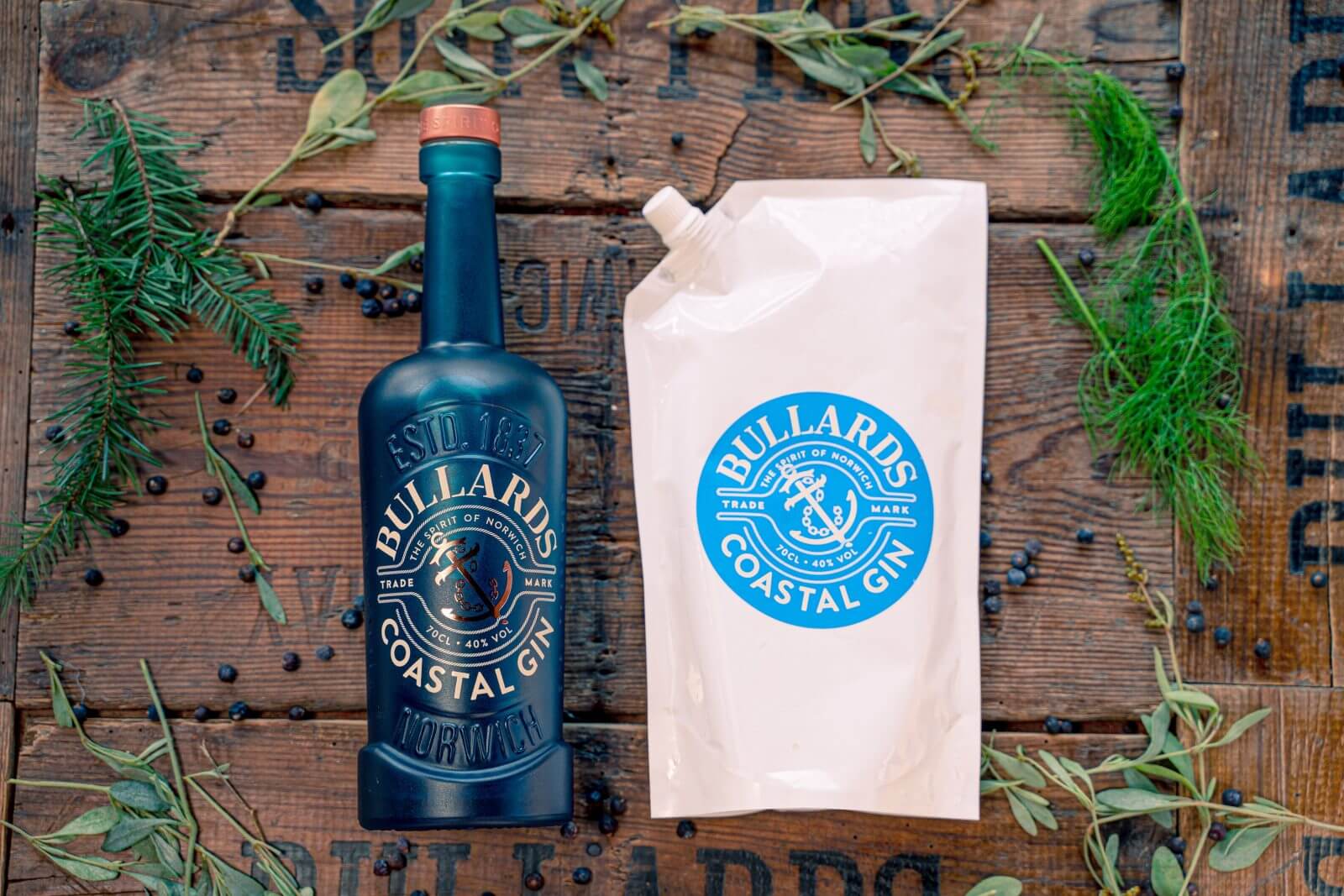
https://www.nytimes.com/2022/02/07/dining/drinks/wine-millennials.html
https://www.theiwsr.com/fewer-new-wine-drinkers-enter-the-wine-market-in-the-us-and-china/
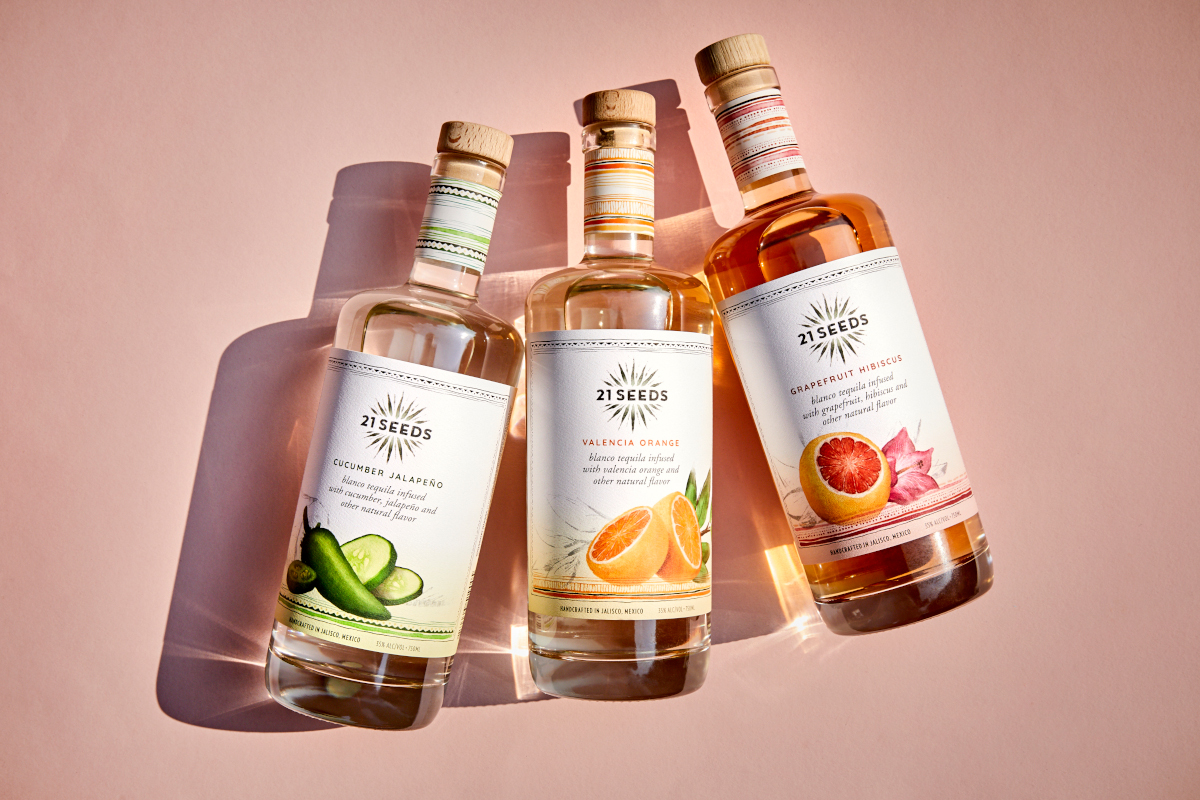
D2C and Drinks: Now is the time
We seem to be very familiar with the first generation of Direct to Consumer (D2C) brands: according to Retail Times, 97% of UK online shoppers are aware of the leading D2C brands and 37% have already purchased from one.
Brands such as Made.com, Glossier, Graze, Dollar Shave Club or Away were introduced in the early/mid 2010’s, grew with the rise of social media (as a communication and commercial platform) and benefited from the opportunity to sell without the middlemen. They became household names, attracted investments, and in some cases were acquired by multinational groups.
However, over time the D2C space became crowded. Consumer acquisition costs have risen significantly, and the realisation that physical retail presence constituted a competitive advantage meant higher marketing budget requirements. And whilst most of these brands innovated in their branding and delivery model, many did not offer the product innovation pipeline that consumers expected.
As Neil Blumenthal, CEO of Warby Parker, noted earlier this year: “It’s never been cheaper to start a business, although I think it’s never been harder to scale a business”.
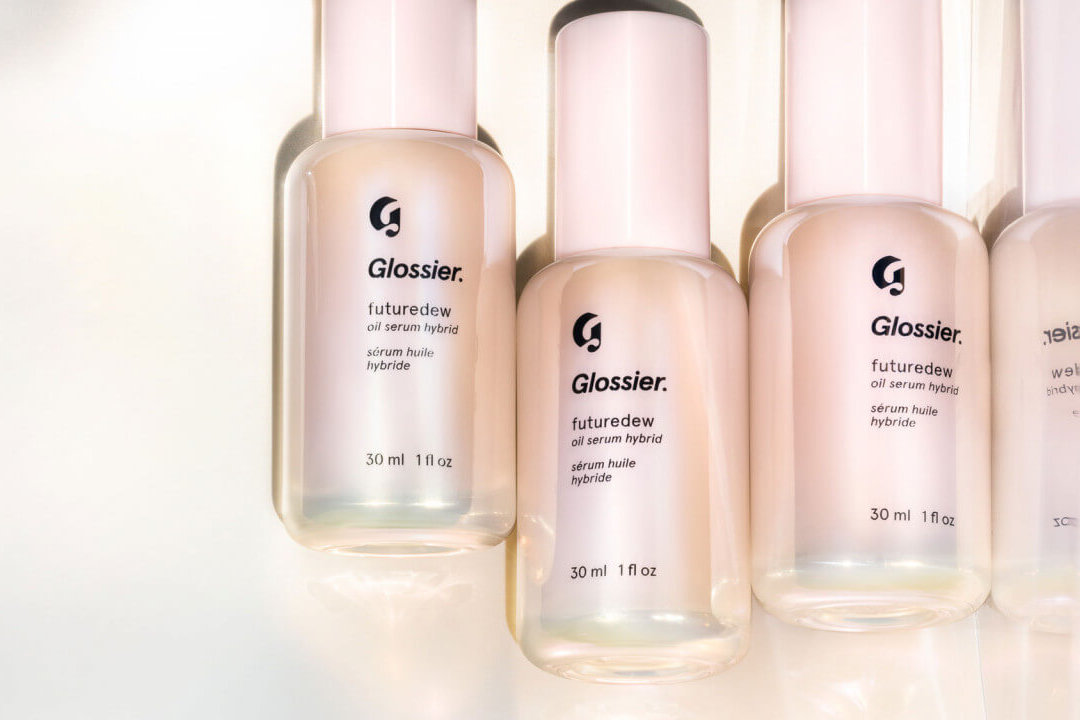
ENTER COVID 19
Covid-19 was a significant catalyst for change in D2C.
Behavioural change brought further pressure on first generation D2C brands, in particular those in categories which become less relevant as consumer frugality or time indoors increase (for example, Away travel equipment or Glossier cosmetics).
But the crisis has also proved something of a silver lining.
Online shopping became more attractive to a broader range of shoppers, a convenient (and safer) way to have access to brands – a behaviour that, for many, will be here to stay.
And as physical retailers rationalised ranges or withdrew promotions, many businesses were forced to reach out directly to consumers.
Large organisations which have for some time considered D2C were finally able to convince management and launch their platforms just a couple of months after lockdown began. Heinz (Heinztohome.co.uk) and Pepsi (snacks.com and pantryshop.com) introduced their platforms in April and May, respectively. AB Inbev has recently started testing its own direct to consumer webshop on a small scale, and Nestle opted for a lower risk / lower investment third party collaboration with Deliveroo in the UK.
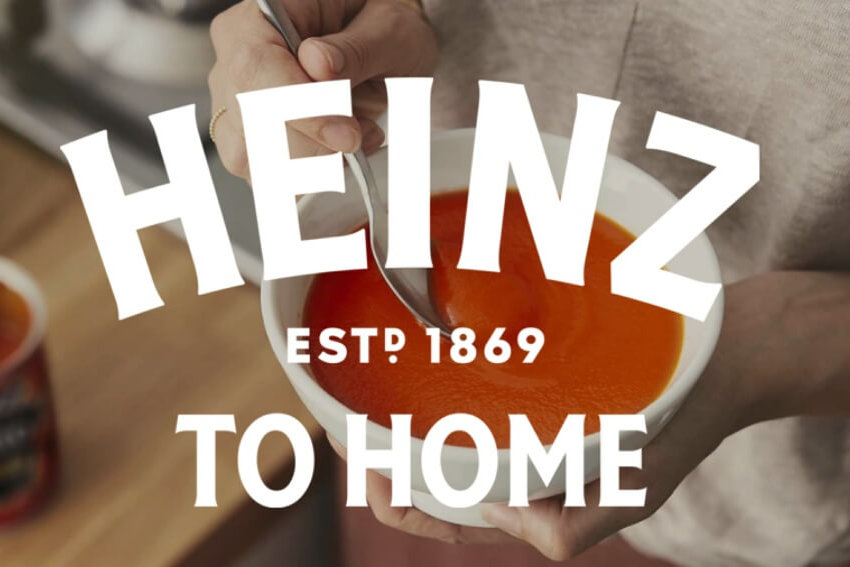
NOW IS A GOOD TIME FOR LEADING DRINK COMPANIES TO CONSIDER D2C
For a start, the crisis (and current paradigm shifts) is an opportunity to fast track changes and drive new initiatives in larger, and in some cases slower, organisations.
Very importantly, the unchanging consumer relevance of Drinks as a product, and the increased importance of at home consumption, makes this category extremely attractive in comparison with others.
Moreover, offline presence is a major competitive advantage for large Drinks brands in the new D2C world. The combined presence in major retail chains and Amazon listings provide Drinks brands with the awareness and visibility to thrive online.
And, as mentioned earlier, operating in the new D2C world means higher consumer acquisition costs and requires deep pockets – although this gradually improves as the operation scales. That puts larger Drinks businesses in a stronger position vis-a-vis SME’s and small start-ups.
It’s important to highlight, however, that moving into D2C puts pressure on Drinks brands to deliver execution excellence – being it in customer service, in offering a seamlessly navigable online interface or in creation of engaging content. Amazon have made consumers impatient and brought their expectations up.
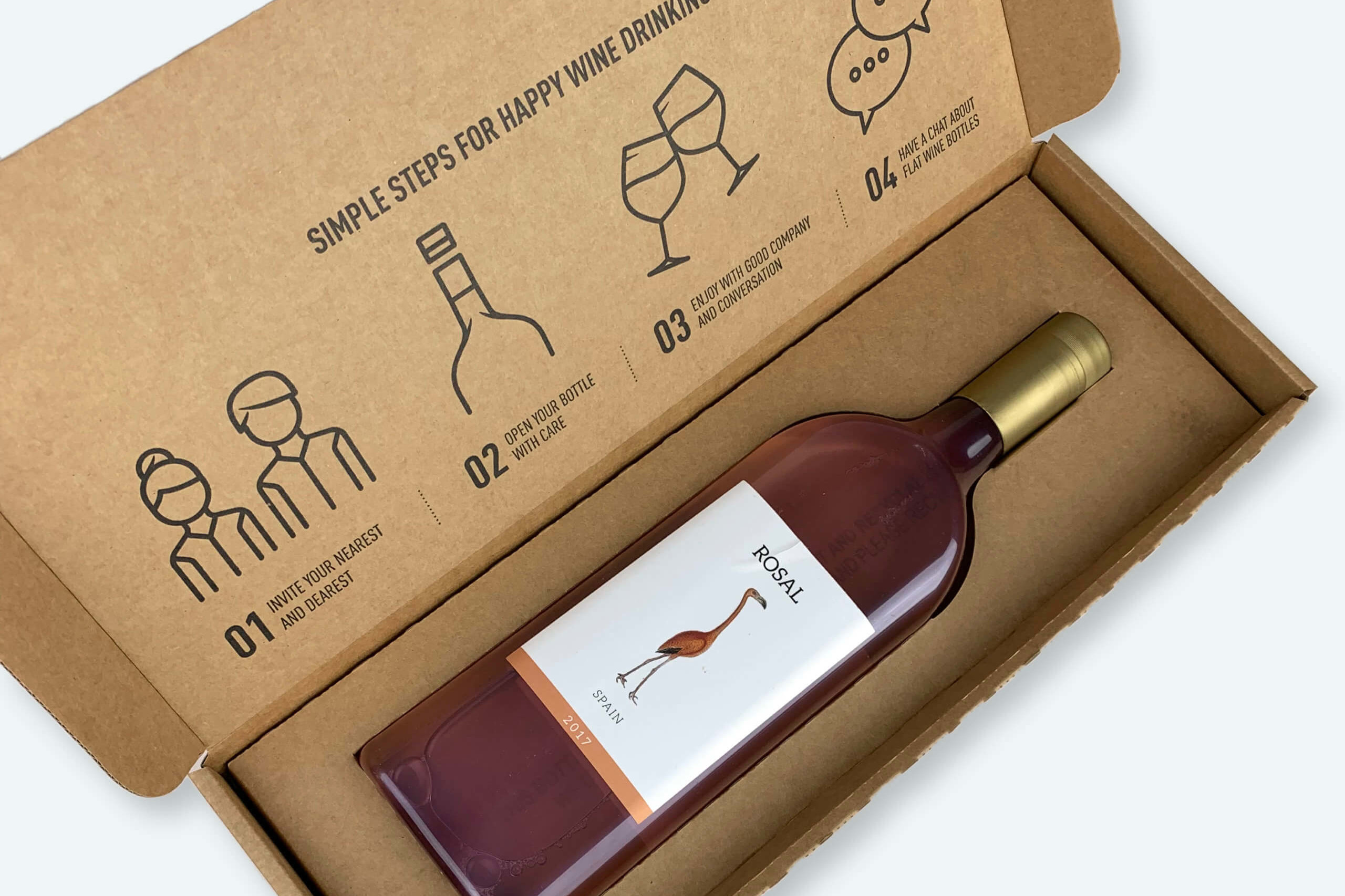
“Selling directly to consumers will complement rather than directly compete with sales in traditional retailers. It will facilitate repeat purchase, reinforce brand equity, and speed up product innovation for the future.”
WHAT ARE THE D2C OPPORTUNITIES FOR DRINKS BRANDS?
Although a ‘second wave’ of Covid-19 may not occur, local lockdowns are already a reality – and D2C can be one of the means to overcome supply chain disruptions. Beyond that, D2C can be significantly beneficial to Drinks manufacturers and brands in a number of ways:
To associate brands with Occasions: Thinking beyond brands, and into occasions. Associating with other brands and products that reinforce the occasions that are relevant to each brand in the portfolio (and, if possible, even bringing them into the platform). Bundling products together.
To drive Gifting: Filling the void left by Travel Retail post Covid-19 and developing appealing, premium, high added value gift options.
To short-cut Innovation: Using D2C as a platform to understand what consumers want and co-create / collaborate with them. Operating them as R&D labs, providing a ‘real time evolution’ of the product portfolio through instant consumer feedback.
To enhance Sustainability credentials: Using D2C to evidence sustainability credentials, through exclusive products, storytelling or promotional initiatives.
To bring the On-trade Excitement home: Enhancing the experience at home through special packaging, limited editions and activations (see Leyton Hardwicks’ recent post on LinkedIn). Rather than focusing on price discounts, offering consumers better ‘value for money’ instead – and a richer and more memorable experience that they will be willing to share in person and online.
Very importantly, selling directly to consumers will complement rather than directly compete with sales in traditional retailers. It will ultimately facilitate repeat purchase, reinforce the equity of brands in the eyes of the consumer, and speed up consumer relevant product innovation for the future.
The time is now!
Sylvia Lago, Head of Strategy at Drink Works.
Please get in touch to discuss further: sylvia@drinkworks.co.uk

